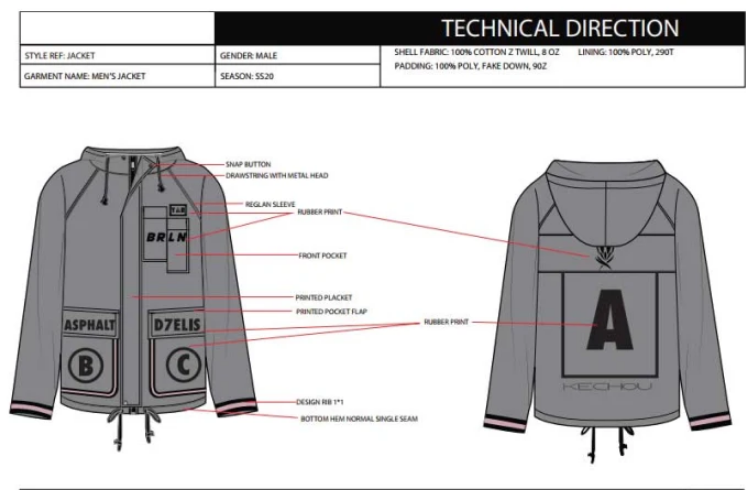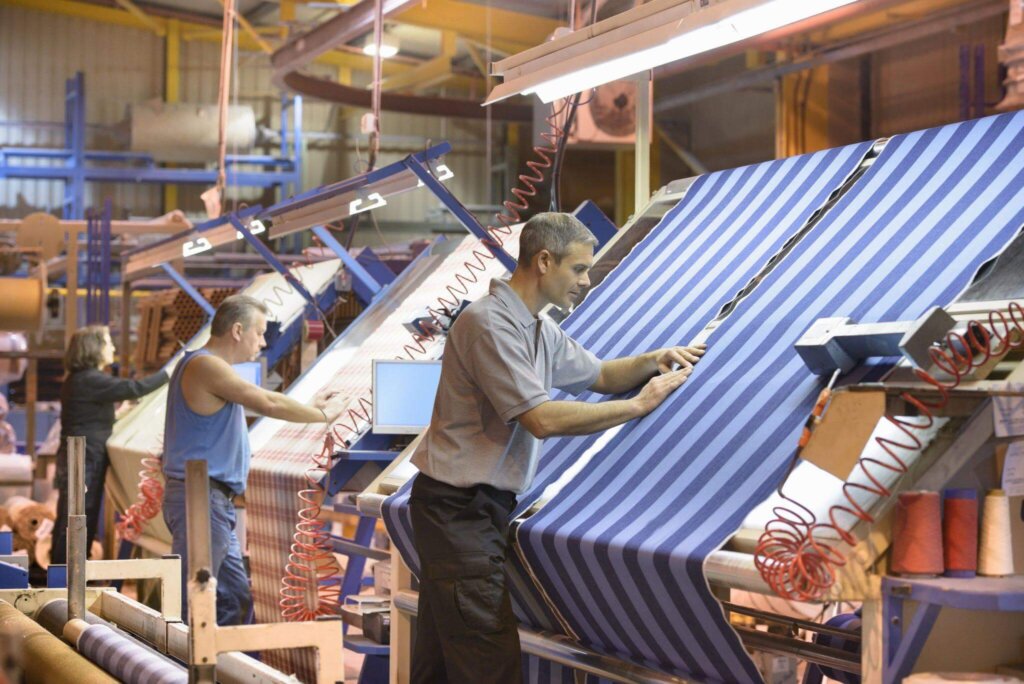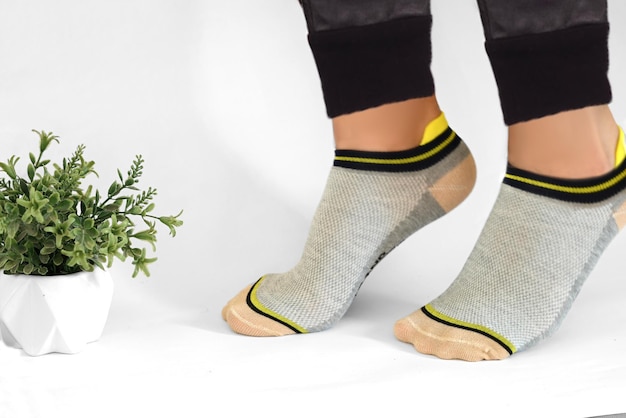Hoodies and sweatshirts represent foundational categories in contemporary apparel manufacturing, serving diverse demographics across global markets. At Ludyway, we recognize these garments as engineered solutions combining functionality with brand expression. While both derive from athletic origins, their structural distinctions impact production methodologies, material selection, and market positioning for private label brands.
Technical Specifications: Construction and Materials

Understanding core architectural variations is essential for product development:
Sweatshirt Engineering
- Construction: Tubular knit body with set-in sleeves (no shoulder seams)
- Fabrication: 280-400GSM French Terry or loopback cotton
- Closure: Strictly pullover design (no front openings)
- Neckline: Rib-knit crew neck (2×2 or 3×1 rib)
- Production Note: Compatible with screen printing and flat embroidery
Hoodie Technical Features
- Construction: Raglan or drop-shoulder sleeves with hood attachment
- Fabrication: 300-500GSM fleece-backed fabrics with brushed interior
- Closure: 20-30% feature front zippers (YKK® #5 coil)
- Components: Dual-layer hood with drawstring tunnels (3-5mm cord)
- Production Note: Kangaroo pockets require bartack reinforcement (12-15 stitches/cm)
Performance Comparison: Application Scenarios

Strategic selection depends on target use cases:
| Parameter | Sweatshirts | Hoodies |
|---|---|---|
| Thermal Retention | Moderate (R-value: 1.2-1.5) | Enhanced (R-value: 1.8-2.3) |
| Weather Protection | Limited wind resistance | Hood provides 40% rain deflection |
| Customization Potential | Front/back print zones only | 5 surface areas (hood, front, back, sleeves, pocket) |
| Production Complexity | 12-15 operations | 18-22 operations |
Ludyway’s manufacturing data indicates hoodies command 35% higher markup potential in youth markets, while sweatshirts dominate corporate uniform manufacturing programs.
Thermal Engineering Analysis

Heat retention varies by structural design:
- Hoodie Advantage: Hood creates microclimate (3-5°C increase)
- Fabric Variables: 400GSM fleece provides 22% better insulation than standard terry
- Moisture Management: Polyester blends (65/35) reduce dry time by 40% versus 100% cotton
- Technical Enhancement: Thermal mapping shows ribbed cuffs prevent 15% more heat loss
Technical Taxonomy: Hoodies, Jackets, and Sweatshirts
Jacket Manufacturing Specifications

- Defining Feature: Full front closure (zipper/button placket)
- Material Range: 150-300D nylon to 12oz waxed canvas
- Construction: Lined body with storm flaps and multiple pockets
- Production Note: Compatible with custom cut and sew techniques
Sweatshirt Technical Profile

- Construction: Tubular knit body minimizes side seams
- Material Science: Cotton-polyester blends (80/20) optimize pilling resistance
- Performance: Moisture-wicking index >0.75 (ASTM D737)
- Production: 18-needle stitching for hem/cuff attachments
Hoodie Technical Blueprint

- Structural Complexity: 7-panel hood construction
- Reinforcement: Triple-stitched hood junctions (9-12 SPI)
- Customization: Compatible with 3D puff embroidery and dye-sublimation
- Industry Data: Hoodies require 30% more cutting precision than sweatshirts
Classification Clarification

While hoodies belong to the sweatshirt family, key differentiators include:
- Mandatory hood component with drawstring
- 25% higher fabric consumption
- Specialized attachment machinery for hood-body joining
- Additional quality checks for gape resistance (hood-to-neckline)
Ludyway’s custom hoodie manufacturing adheres to ASTM D6322 drape standards for optimal hood functionality.
Conclusion
Selecting between hoodies and sweatshirts requires analysis of technical specifications, market positioning, and production capabilities. Hoodies deliver enhanced functionality through structural complexity, while sweatshirts offer manufacturing efficiency. Both serve as brand canvases – hoodies through multi-surface customization, sweatshirts via simplified decoration. Understanding these distinctions enables strategic product development aligned with target demographics and technical requirements.



















